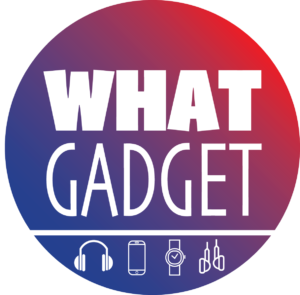A smart home connects various devices, appliances, and systems to the internet, allowing you to automate tasks and make your living space more efficient.
Whether you’re aiming to save time or reduce your energy bills, this technology can transform your home into a more intuitive and connected space.
Choose a Smart Home Device
To start your journey into smart living, you’ll need to decide on the devices you want to integrate. Begin with the basics: smart speakers, lighting systems, thermostats, and security cameras.
These are user-friendly and offer a solid introduction to the world of smart homes. For example, a smart thermostat allows you to control the temperature from anywhere, helping you avoid unnecessary heating or cooling when you’re away.
When selecting devices, it’s important to think about compatibility. Most of these products work best when they share a central hub or ecosystem. Ensuring that your devices work seamlessly together will save you the frustration of incompatible tech down the line.
Safety and Security
A smart camera or doorbell can provide a live feed to your smartphone, alerting you to any unexpected visitors.
With so much of our personal information stored digitally, protecting it from cyber threats becomes crucial. When it comes to file safety, make sure to choose cloud storage with strong encryption and secure passwords.
Many systems allow for two-factor authentication, adding an extra layer of protection to your digital space. Don’t forget to read the privacy policies of the devices you’re interested in to ensure you’re comfortable with the data they gather.
Energy Efficiency
Smart thermostats can learn your schedule and adjust the temperature based on when you’re home, ensuring that you’re not heating or cooling an empty house.
Smart lighting also contributes to energy savings. By using motion sensors, smart bulbs can switch off when you leave a room, or you can set timers to automatically dim or turn off lights when they’re not needed.
In addition, consider smart plugs for appliances. These plugs allow you to monitor energy consumption and switch off devices remotely, cutting down on unnecessary standby power. Over time, the savings can add up, both for your wallet and the environment.
Automate Your Existing Tech
Once you’ve started integrating new devices, it’s time to automate your existing technology. Automation makes your home smarter by setting schedules and routines.
With the right hub, you can sync devices like your lights, thermostat, and even your coffee machine. Imagine having your lights dim automatically as the sun sets or your home heating up just before you arrive home from work. By setting scenes that fit your daily rhythm, your home adapts to your needs without you having to lift a finger.










Recent Comments